United States Botanic Garden
Washington DC Building Photos Thumbnails Buildings Home
|
United States Botanic Garden The United States Botanic Garden is a botanic garden on the grounds of the United States Capitol in Washington, D.C., near Garfield Circle. It is the oldest continually operating botanic garden in the United States. Photo 212s, Nov 2011 |
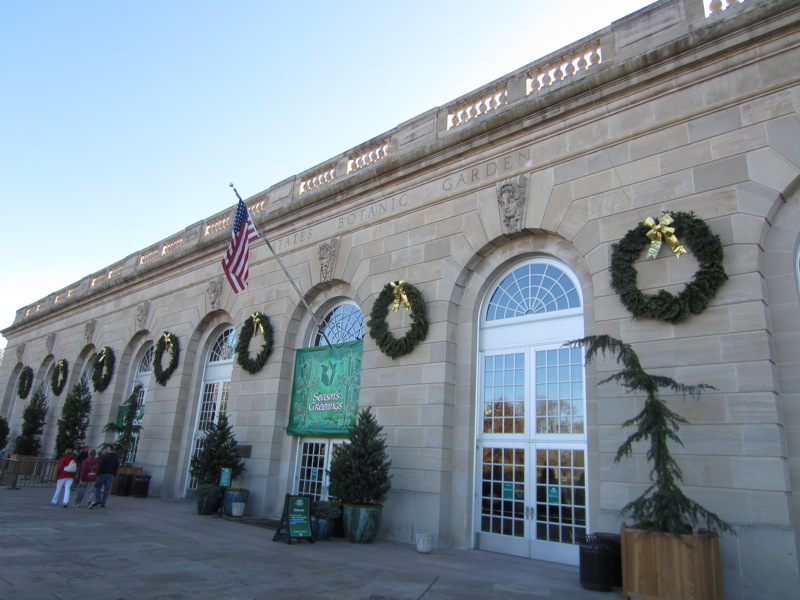
|
|
United States Botanic Garden Washington Monument model in Botanic Gardens Photo 198a, Nov 2011 |
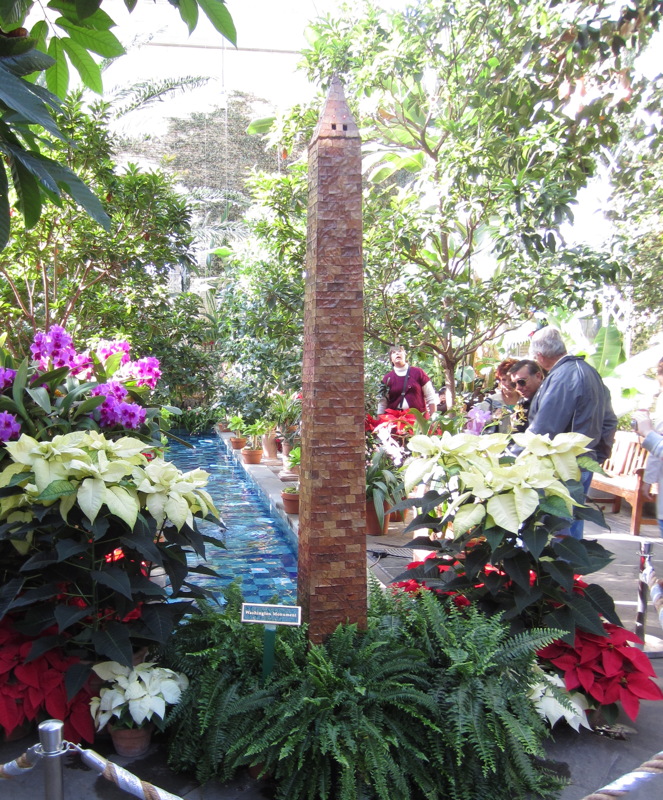
|
|
United States Botanic Garden Model of Lincoln Memorial Photo 201a, Nov 2011 |
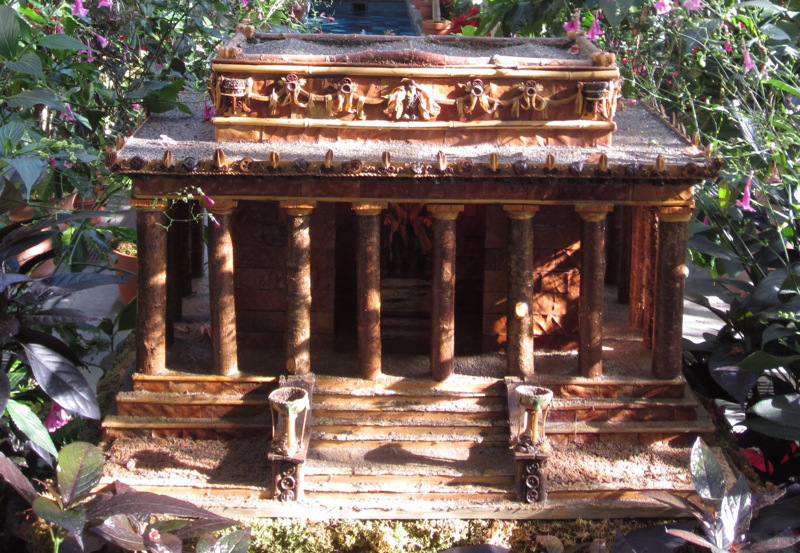
|
|
United States Botanic Garden Model of Capitol Building Photo 209a, Nov 2011 |
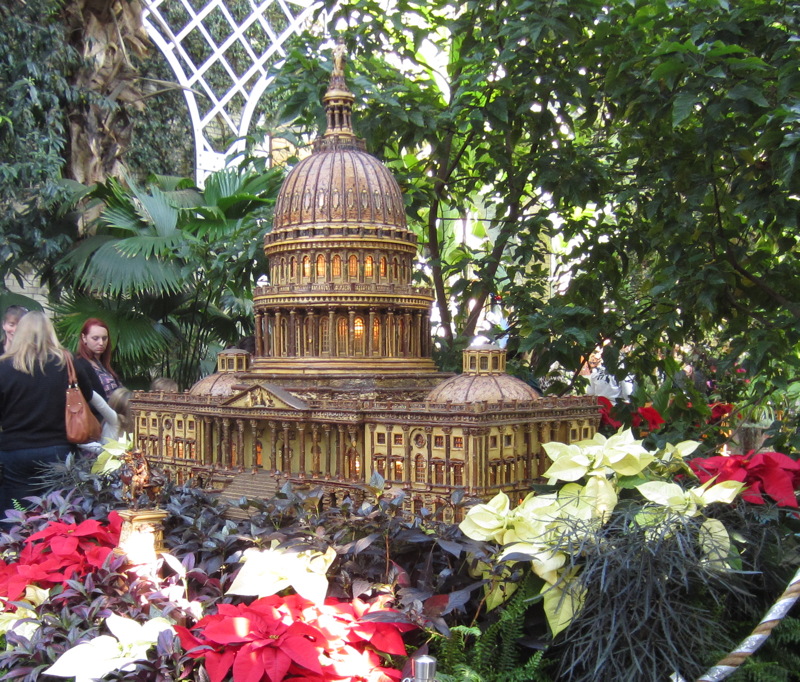
|
|
United States Botanic Garden Cactus display Photo 202a, Nov 2011 |
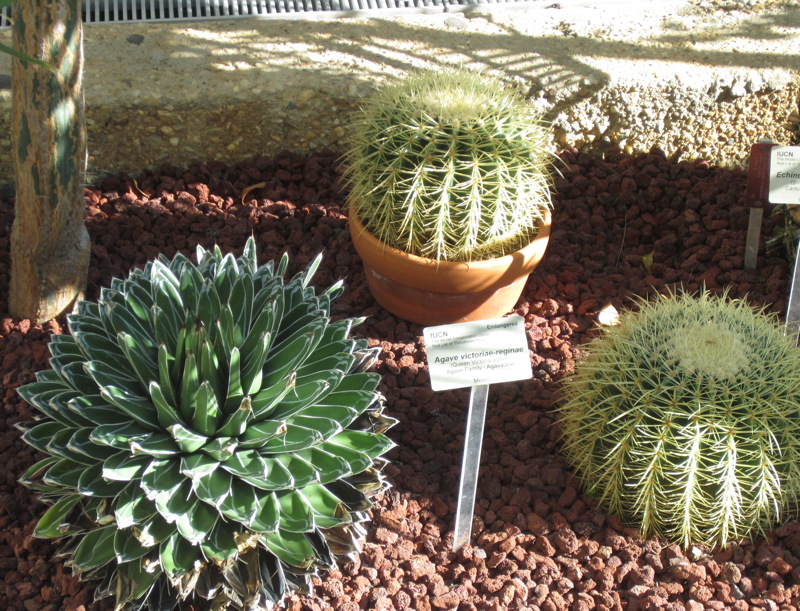
|
|
United States Botanic Garden Noni Morinda citrifolia, commonly known as great morinda, Indian mulberry, nunaakai (Tamil Nadu, India) , dog dumpling (Barbados), mengkudu (Indonesia and Malaysia), Kumudu (Balinese), pace (Javanese), beach mulberry, cheese fruit or noni (from Hawaiian) is a tree in the coffee family, Rubiaceae. Morinda citrifolia's native range extends through Southeast Asia and Australasia, and the species is now cultivated throughout the tropics and widely naturalised. Photo 204a, Nov 2011 |
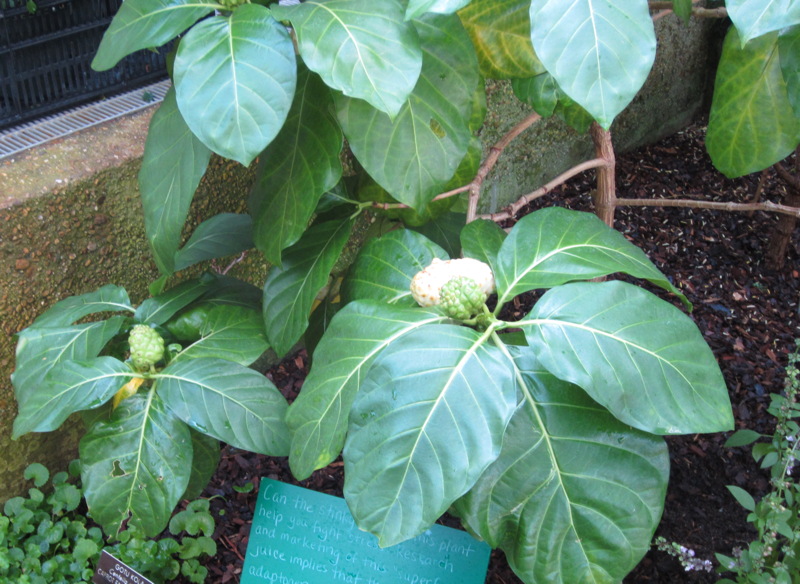
|
|
United States Botanic Garden Papaya tree The papaya (from Carib via Spanish), papaw, or pawpaw is the fruit of the plant Carica papaya, the sole species in the genus Carica of the plant family Caricaceae. It is native to the tropics of the Americas, and was first cultivated in Mexico several centuries before the emergence of the Mesoamerican classic cultures. The papaya is a large tree-like plant, with a single stem growing from 16 to 33 ft tall, with spirally arranged leaves confined to the top of the trunk. The lower trunk is conspicuously scarred where leaves and fruit were borne. The leaves are large, 20–28 in diameter, deeply palmately lobed with 7 lobes. The tree is usually unbranched, unless lopped. The flowers are similar in shape to the flowers of the Plumeria, but are much smaller and wax-like. They appear on the axils of the leaves, maturing into the large 6–18 in long, 4–12 in diameter fruit. The fruit is ripe when it feels soft (like a ripe avocado or a bit softer) and its skin has attained an amber to orange hue. Photo 206a, Nov 2011 |
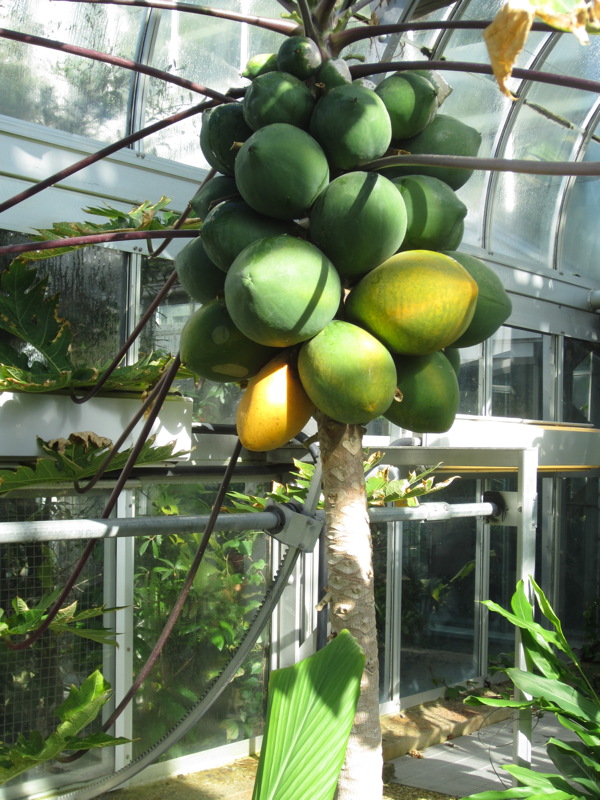
|
|
United States Botanic Garden Chinese Ephedra Photo 208a, Nov 2011 |
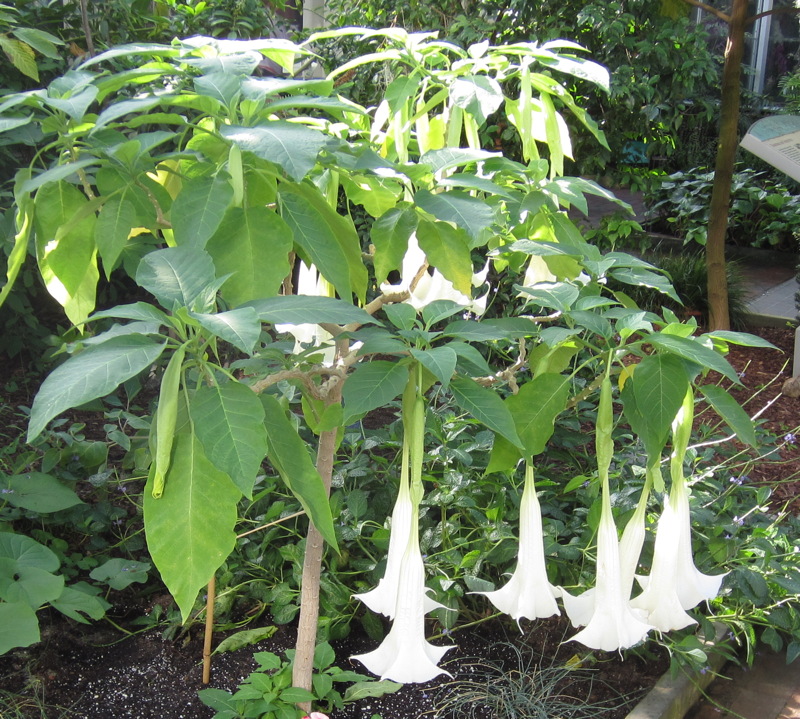
|